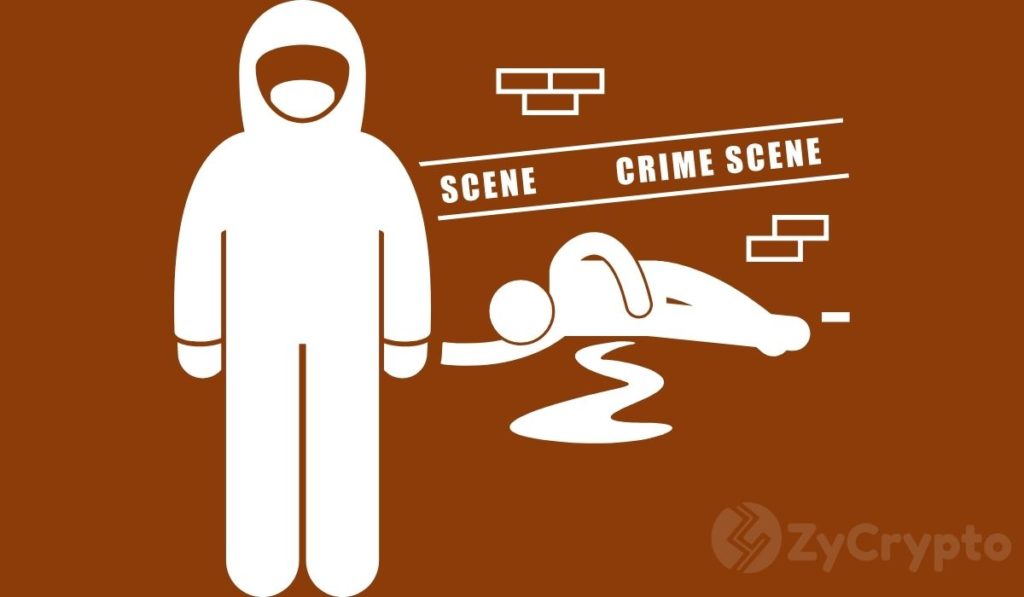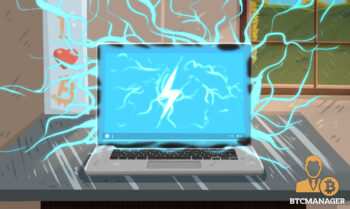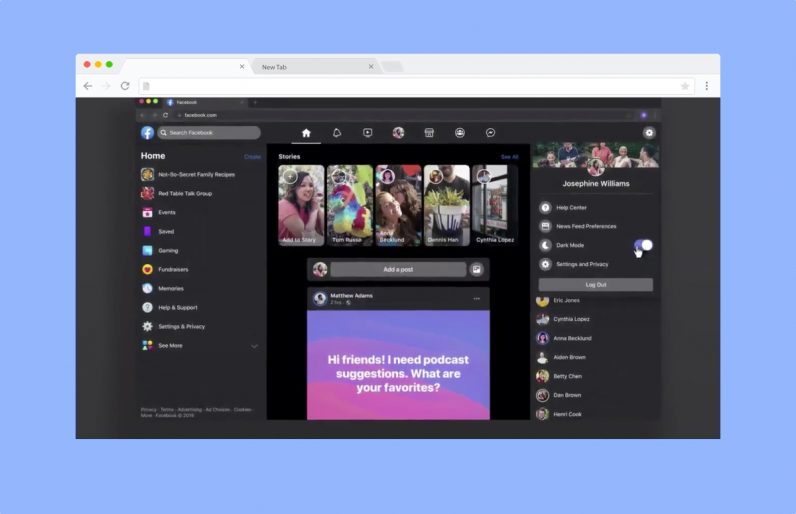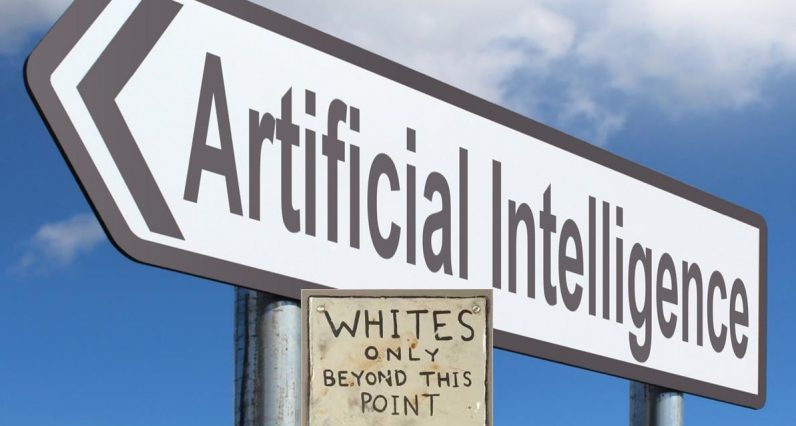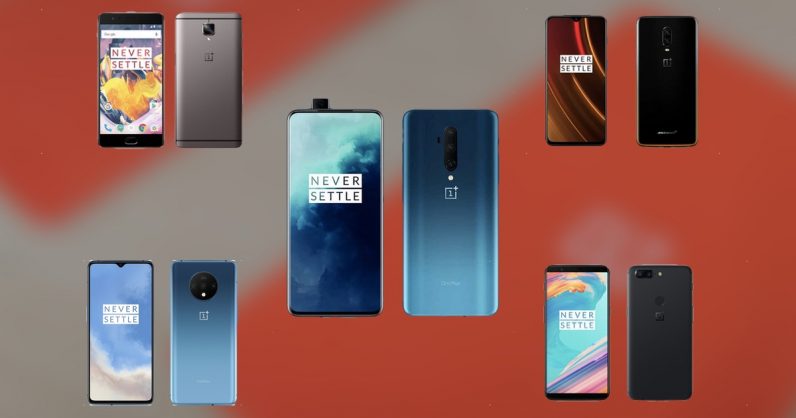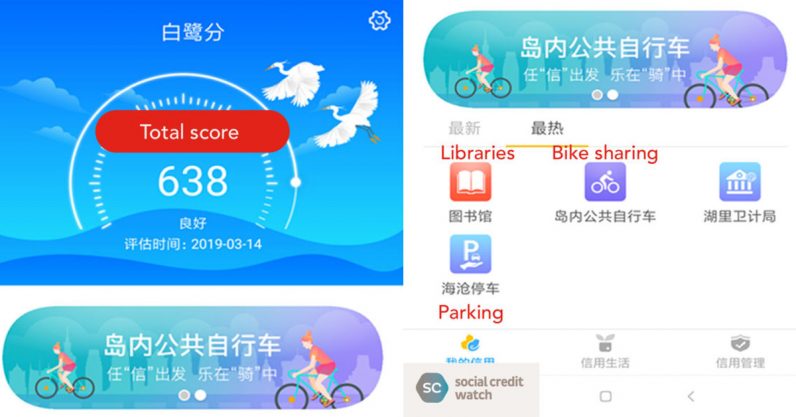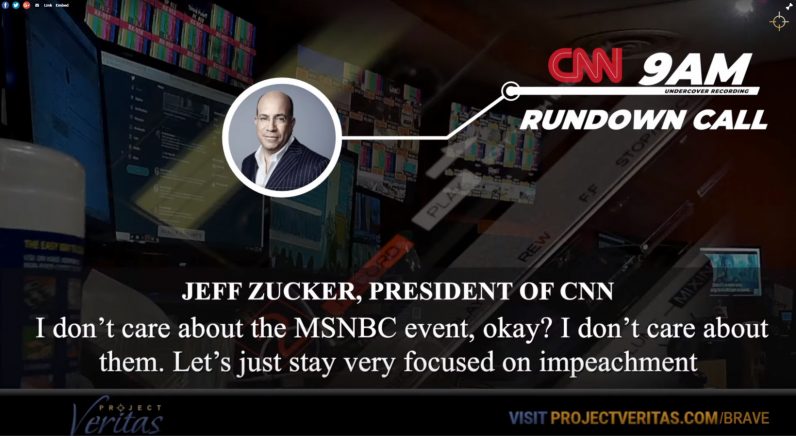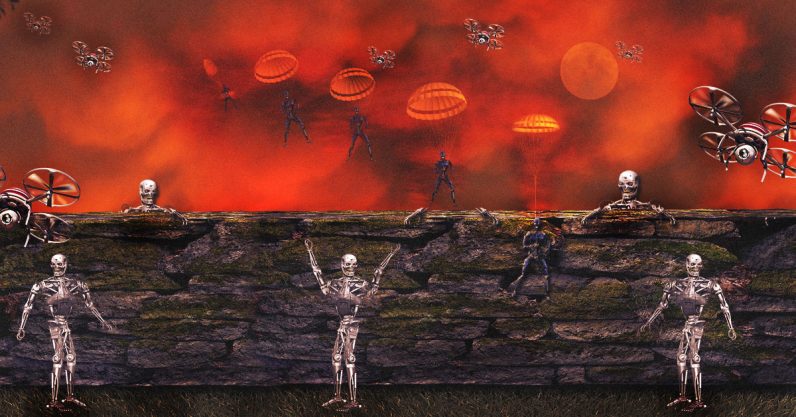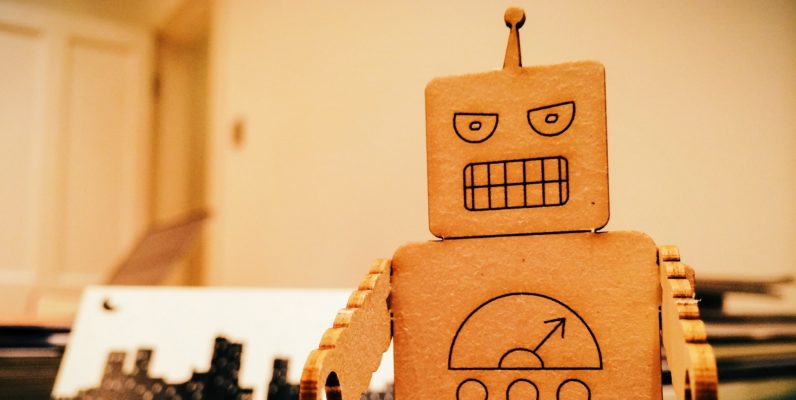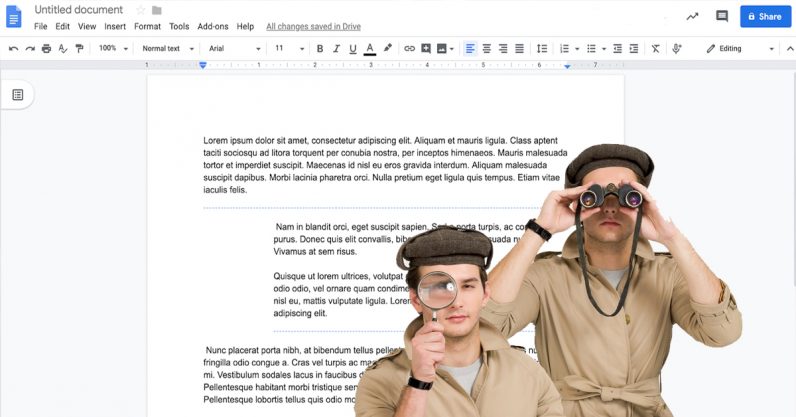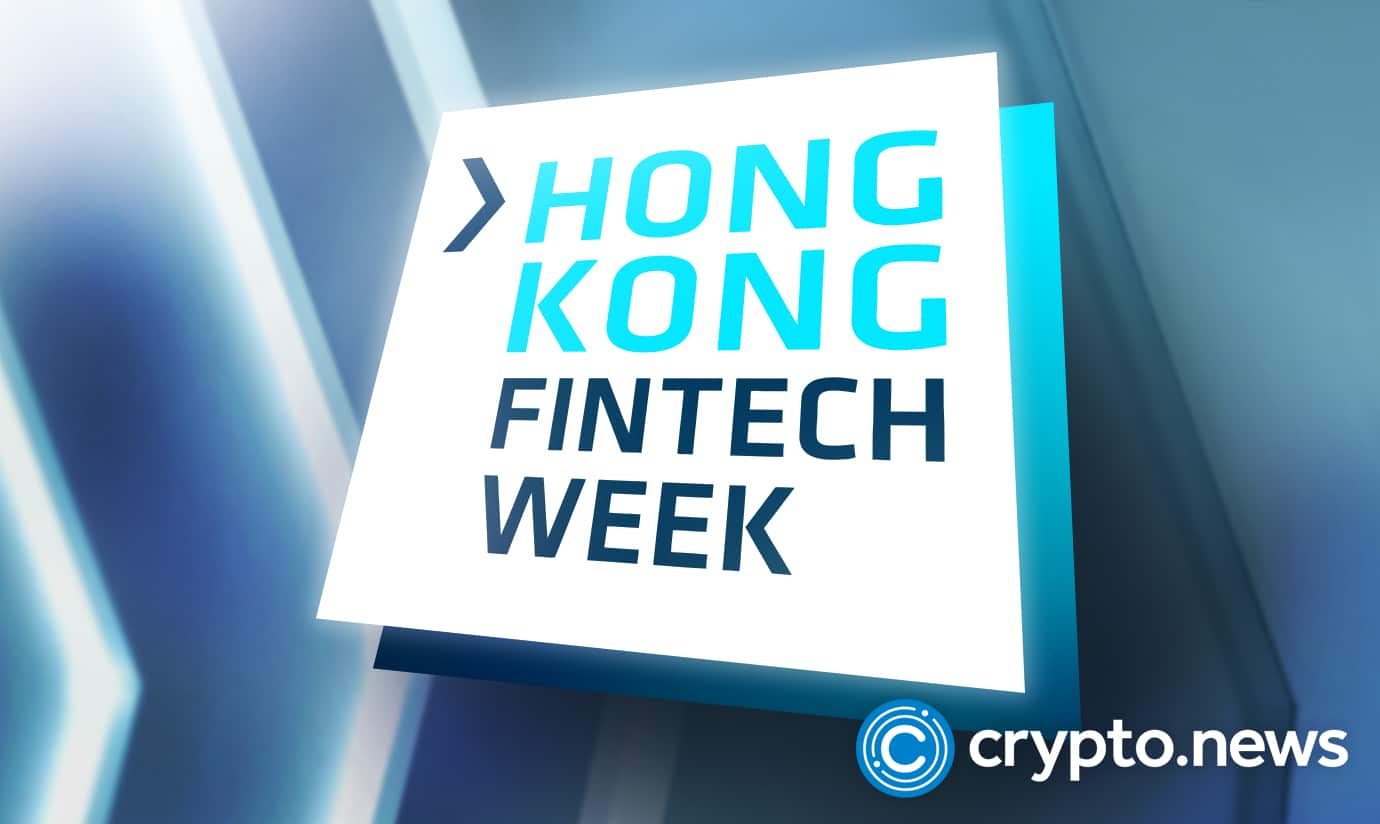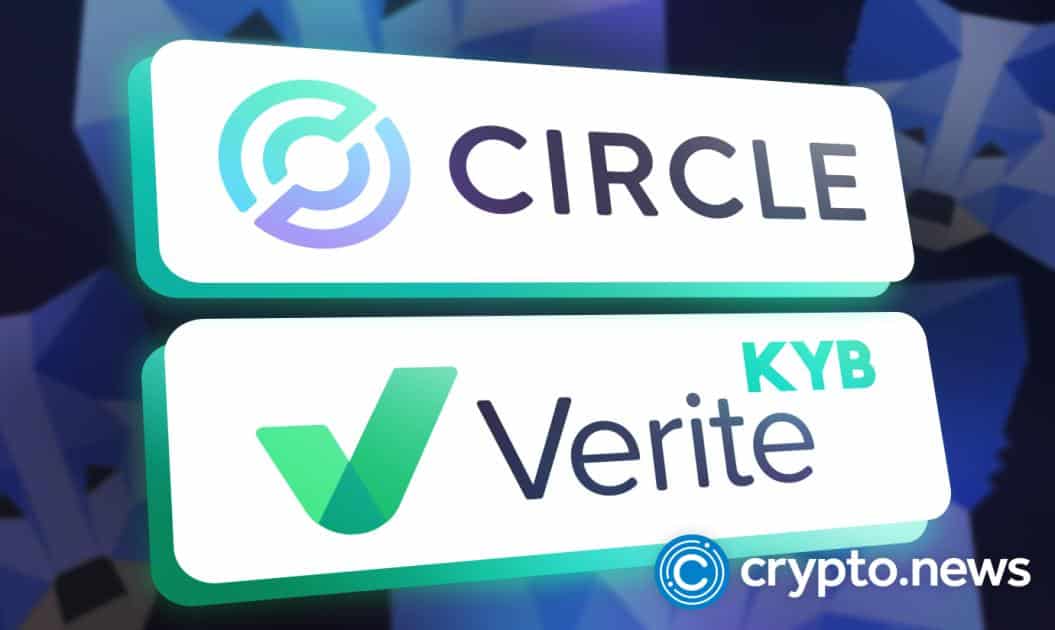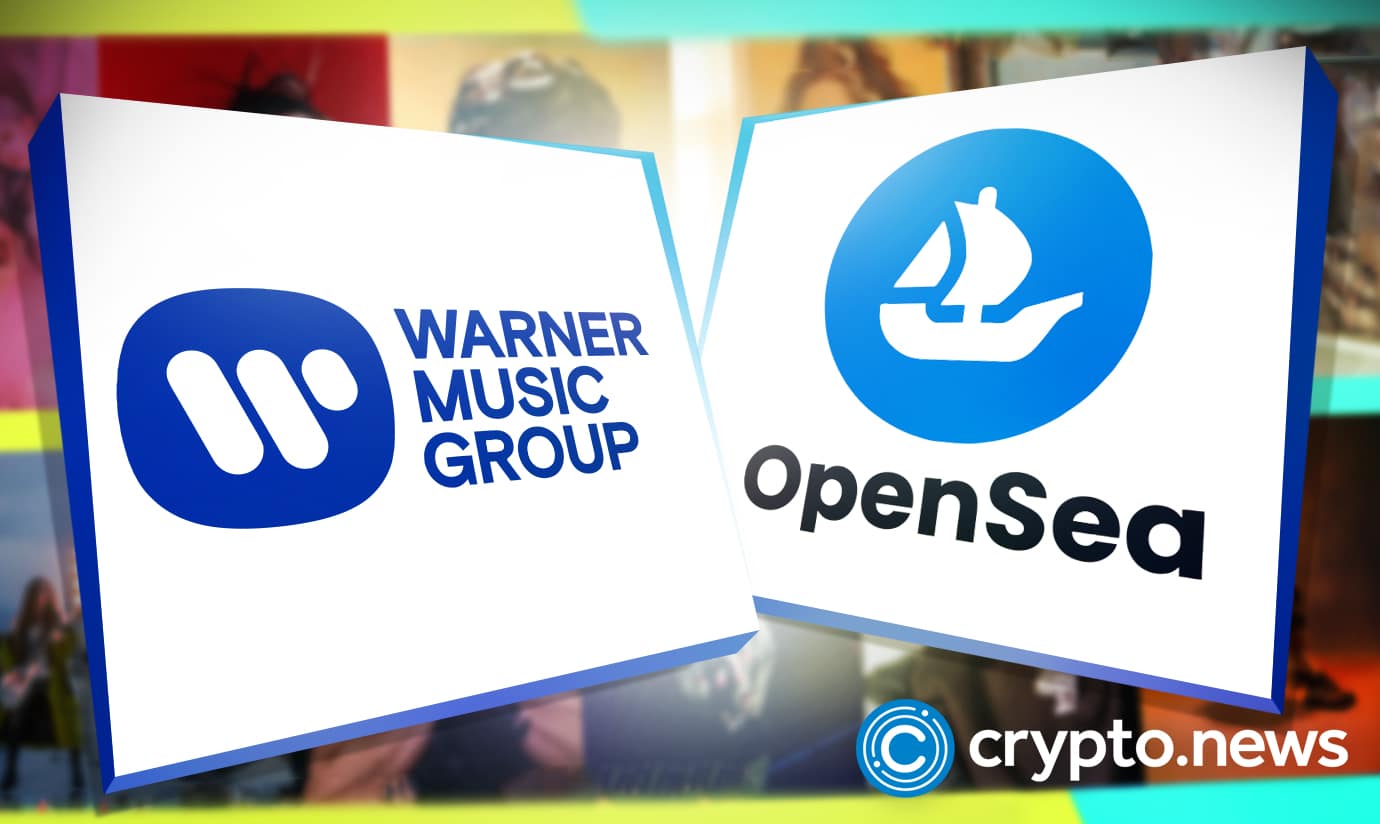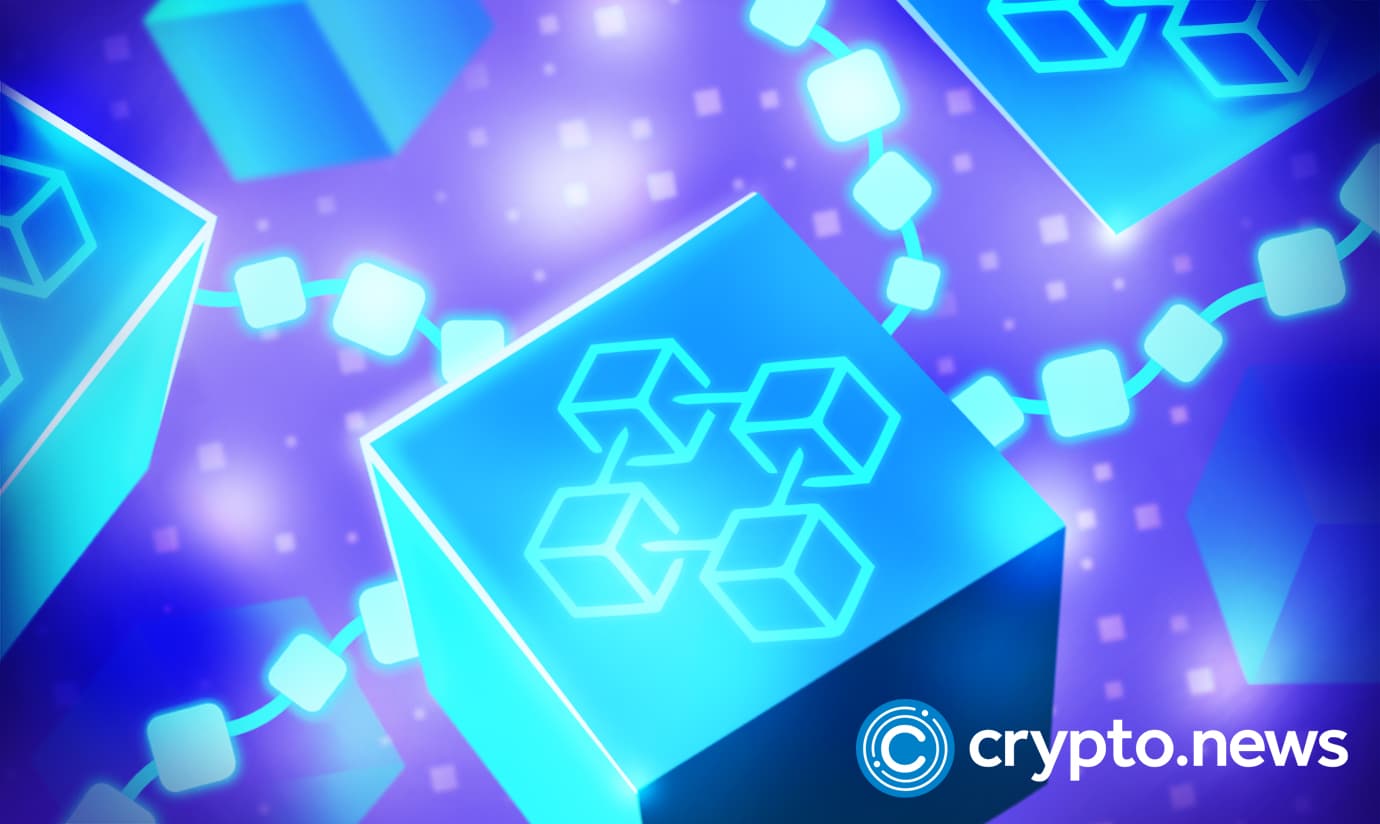2021-11-30 18:00 |
Ideas around Web 3.0 have evolved significantly over the last decade. The community aspires to see a world where centralized servers are ancient, and control of high-value intangible assets rests with the creator of the asset itself.
For this vision to see the light of the day, the fundamental models of the internet need to be changed. This would not only impact the internet as a technology stack but also on the economies that have emerged because of the internet.
The rise of Web 2.0 was phenomenally exponential. It makes an interesting case to learn about the key drivers of adoption.
Lessons from Web 2.0In the early 1990s, the internet was slowly picking up the pace. Back then, emails were not capable of carrying attachments such as files or photos.
It was essentially a period of information dump that users could browse but not interact with. Overall, that worked all right for quite some time.
However, the rate at which the field of computer science was innovating screamed for change. Users could potentially do a lot more online. This paved the way for Web 2.0.
Fast forward ten years, and dot coms were the new talk of the town. Websites became more interactive, newsrooms and chat rooms emerged, emails could finally carry all types of attachments, graphic user interfaces (GUI) became more intuitive.
Netscape launched a web browser with a much-needed friendly user interface, and companies such as Facebook started to emerge.
Within no time, substantial amounts of data was exchanged daily. This had never happened before.
By the end of the decade, mobiles became smarter, and apps began to surface. Many people now own a smartphone, and some companies decided to capitalize on this, making them the kings of Web 2.0.
Companies such as Twitter, Facebook, Instagram, YouTube, WordPress were on a crusade to create network effects and build data monopolies.
Ten years later, here we are, crying out loud for another web revolution.
So, where are we right now?Practically, we are still far from a true and complete transition to Web 3.0.
We already have layer-1 frameworks like Substrate that already significantly simplify launching your own chain. There are also many smart contract platforms like NEAR, Ethereum, and others to launch your Web3 protocol in minutes. However, the space is lacking in other areas.
An example of these shortcomings is the bad user experience that people are experiencing from high transaction fees on some blockchain infrastructure platforms.
The automobile analogyTo understand this better, consider automobiles. People mostly traveled on horseback in the day, but then cars came along.
Henry Ford’s vision was grand, but there was barely any infrastructure in place to drive a car. The problems were not limited to the infrastructure itself. It was also challenging to learn how to drive a car.
Funnily enough, the first cars were even slower and more expensive than horses. As a result, for most of the potential customers, it did not make sense to switch to this “risky platform” called the automobile.
It took several years to overcome these problems, and today, we have roads and traffic rules built for automobiles and are slowly transitioning to driverless cars. However, traffic jams plague every city throughout the world.
It’s early daysThe infrastructure around Web 3.0 is in its very early days. Apps lack basic UI/UX and people find it very hard to navigate.
Eventually, these problems will be solved, and we will live through the sweet times of Web 3.0. However, new problems will likely emerge, and we will need another Web x.0.
It is hard to miss the slow uptake of decentralized technologies, and this can be put down to two factors:
A lack of user-friendly tools and frameworks to get building.A focus on building tools mostly for crypto users and not for other audiences. The birth of the creator economyMany of these Web 3 projects are trying to divert attention away from DeFi and search for ways to apply the technologies to the creator economy.
While finance can bring funding to Web 3.0, today’s creator economy is on the rise, with 50 million participants vying for a share of over $100 billion of value.
Web 2.0 gave birth to the shared economy. Web 3.0 will give rise to the creator economy.
At its center, Web 3.0 is all about ownership. It will be a place where individuals can tokenize their intellectual property and be the owner of their creations. With the creator economy, we already see a rise in the value of intangible assets.
The transition to Web 3.0 and a fairer world where people can capture greater value from their work can only be achieved with an influx of participants developing Web3 applications and users tokenizing their real-world intellectual assets.
The post Web 3.0 Is Being Built, but It Needs More People to Grow appeared first on BeInCrypto.
origin »Webcoin (WEB) íà Currencies.ru
|
|


